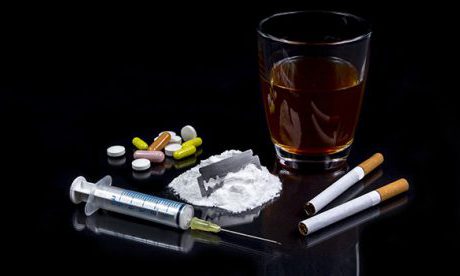Melanie* knows there’s nothing in her home or mannerisms that would point to her past.
Plainly dressed in khakis and a large grey cardigan, her fine tawny hair pulled back in a loose bun, she fidgets only slightly, running her long fingers heavy with rings repeatedly around her eyes.
She doesn’t feel qualified to talk about getting clean, she says, but the sight of young people queueing alongside her at the chemist every week is enough reason to speak out.
Three days a week Melanie waits for a drink of brilliant green methadone, a synthetic substitute drug used to treat opiate and heroin addicts.
Methadone makes getting up in the morning easier, she says. Less sedative than its illegal opiate cousins, it gives her stability, keeps panic at bay, and takes away the cravings for something worse.
But the 52-year-old Tasman woman knows it’s only her latest addiction in a life moulded by substance abuse.
She started with pills and pot when she was 14 before graduating to opiates and methamphetamine.
Drifting around New Zealand’s drug-friendly music scene in the 1970s, everyone connected superficially, Melanie says.
She was never sober, nor was anyone she met. Like many others, her main relationship was an intermittent affair with different drugs.
A habit only lasted a week or two at a time.
The addiction to change, though, was persistent. For years she moved constantly, dodging rents, losing friends and scamming doctors for prescriptions.
She and her fellow junkies used “Kiwi ingenuity” to finance their fix, she says.
They visited multiple chemists a day, taking home handbags full of off-the-shelf codeine and cooking it into home bake, a kind of morphine, once the 1980 collapse of the Mr Asia syndicate made heroin hard to find.
It was a closed-off and chaotic time full of lies and devoid of security. Continue reading
Sources
- Article by Adele Redmond in Stuff
- Image: BlueSkies Recovery
